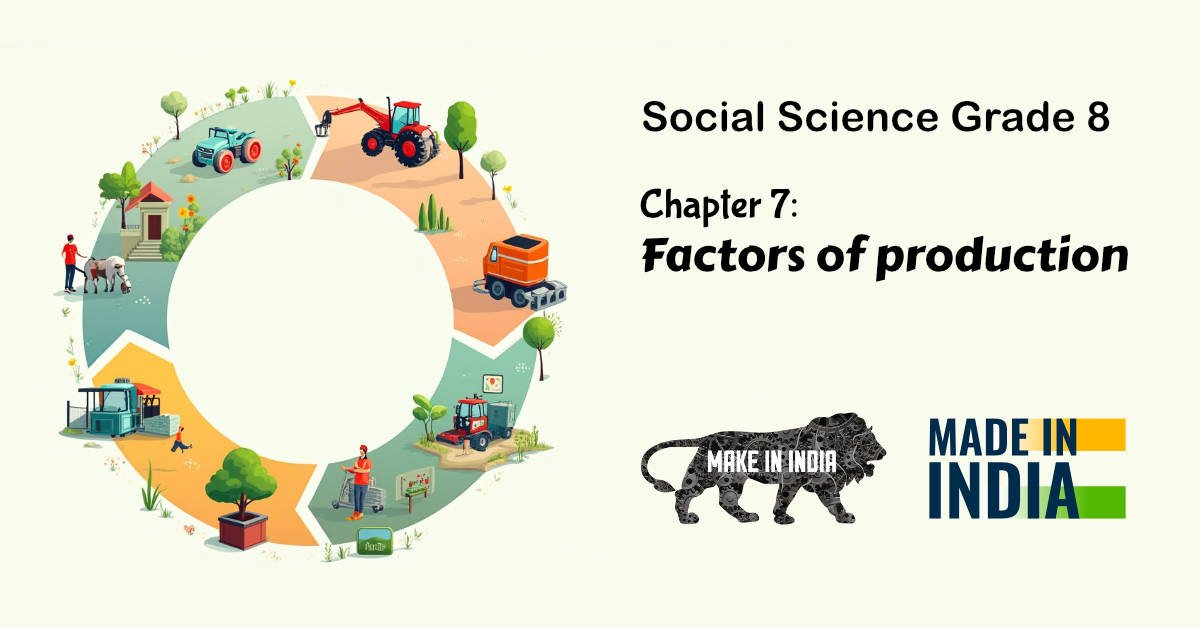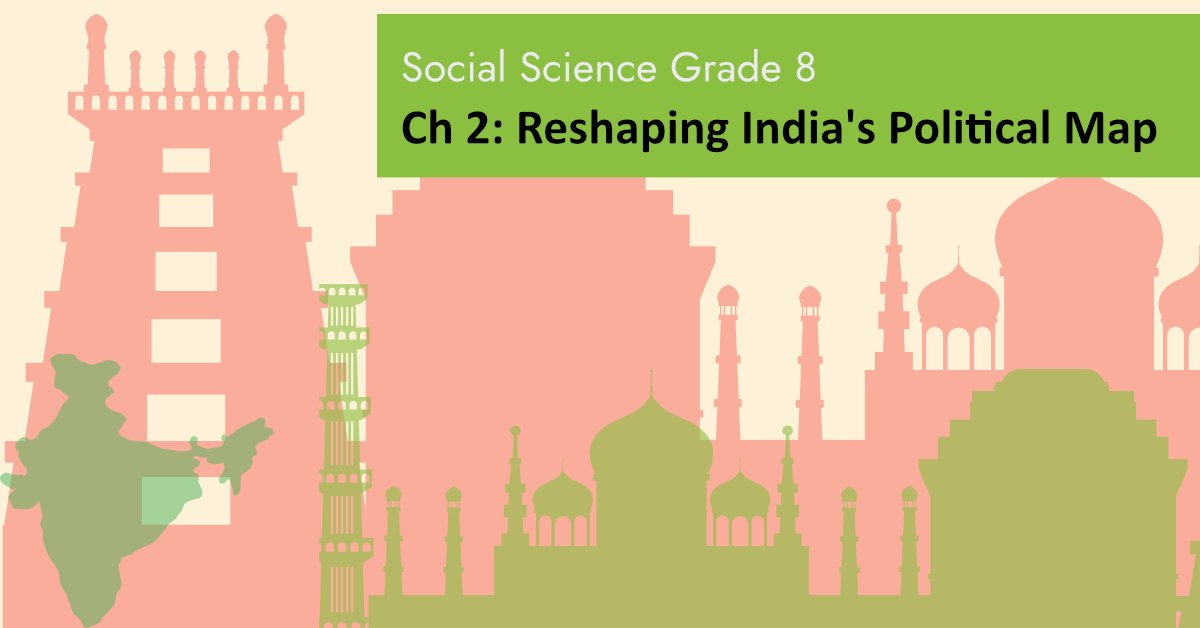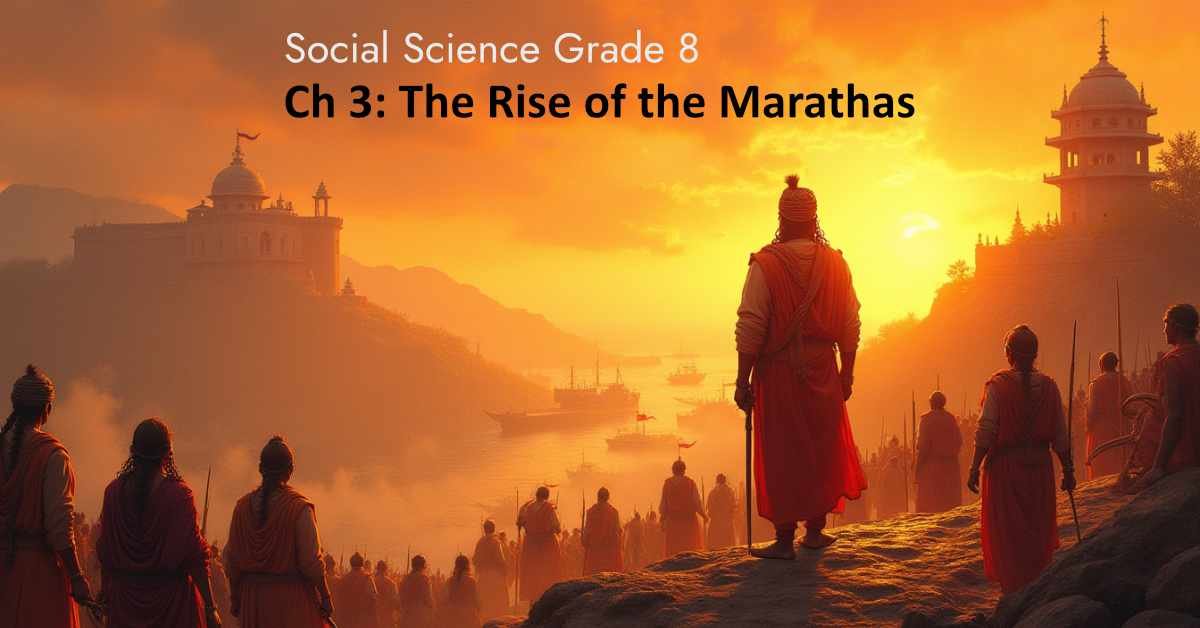The factors of production are the basic resources required to produce goods and services that fulfill human needs and wants. Every item we use in daily life—whether it is clothes, food, furniture, or even mobile phones—goes through a production process before it reaches us.
This process requires various interconnected inputs, which together form the foundation of all economic activity.
Factors of production Worksheet
The production of goods and services requires certain inputs such as land, labour, capital, entrepreneurship, and technology. Each factor plays a special role and is interconnected with others.
A business cannot run with only one or two of them—land requires labour to cultivate, labour needs tools and training to be productive, capital requires entrepreneurs to be invested wisely, and technology ensures efficiency. Together, they shape not only how goods and services are produced but also how societies grow, economies expand, and living standards improve.
Looking for help with textbook questions? Download our free Class 8 Social Science NCERT Solutions – complete with detailed Q&A, MCQs, fill in the blanks, and more. Ideal for quick revision, homework practice, and exam preparation! Connect with us on WhatsApp to get extra worksheets and study materials.
Also Download:
Social Science Worksheets Class 8
Science Worksheets for Class 8 Curiosity
Hindi Worksheets for Class 8 Malhar
Maths Worksheets for Class 8
Social Science class 8 Chapter 7 Notes
Factors of Production
- Land (Natural Resources): Includes soil, water, air, forests, minerals, oil, sunlight, etc. Land is limited and must be used responsibly.
- Labour (Human Resources): Physical and mental effort of people. Example: farmers, teachers, doctors, engineers.
- Human Capital: The skills, education, health, and training that improve the quality of labour.
- Capital: Includes money, machinery, buildings, tools, and equipment used in production. It can be:
- Physical capital (machines, tools, buildings)
- Financial capital (money, loans, savings, investments).
- Entrepreneurship: The ability to take risks, innovate, and organise other factors to start a business. Example: J.R.D. Tata.
- Technology: Application of science to make production more efficient. Example: UPI, drones in farming, online learning platforms.
Interconnectedness of Factors
- Agriculture and handicrafts Ans: labour-intensive.
- Satellite and chip manufacturing Ans: capital-intensive.
- If one factor is missing, production suffers. Example: No skilled labour Ans: factory output falls.
Responsibilities Towards Factors of Production
- Use natural resources sustainably.
- Provide fair wages and safe working conditions to labour.
- Invest in training and skilling.
- Follow Corporate Social Responsibility (CSR) for society and environment.
Human Capital Facilitators
- Education and training Ans: build skills.
- Healthcare Ans: healthy workers are more productive.
- Cultural influences Ans: values like punctuality, hard work, innovation improve efficiency.
- Challenges: Literacy gaps, lack of training, unemployment.
Factors of Production Question Answer
Q1. What are factors of production?
Ans: Land, labour, capital, entrepreneurship, and technology used in producing goods and services.
Q2. Differentiate between labour and human capital.
Ans: Labour = basic physical/mental effort.
Human capital = quality, skills, knowledge, and training of workers.
Q3. Why is entrepreneurship called the driving force of production?
Ans: Entrepreneurs organise land, labour, and capital, take risks, and innovate to create businesses.
Q4. What is the role of technology in production?
Ans: Technology makes processes efficient, reduces cost, saves time, and creates new opportunities.
Q5. What is Corporate Social Responsibility (CSR)?
Ans: A law in India requiring companies to spend 2% of their profits on social and environmental welfare.
Class 8 Social Science Chapter 7 MCQs
Q1. Which of the following is NOT a factor of production?
a) Land
b) Labour
c) Technology
d) Consumer
Q2. The income earned from land is called:
a) Wages
b) Rent
c) Profit
d) Dividend
Q3. Which of the following improves human capital?
a) Education and training
b) Health facilities
c) Cultural values
d) All of the above
Q4. Who among the following was awarded the Bharat Ratna for his contribution to business and society?
a) Dhirubhai Ambani
b) J.R.D. Tata
c) Azim Premji
d) Narayana Murthy
Q5. Which law in India made CSR mandatory?
a) 2014 CSR Law
b) Companies Act 1956
c) Industrial Policy 1991
d) Labour Welfare Act 2001
Answer:
d) Consumer
b) Rent
d) All of the above
b) J.R.D. Tata
a) 2014 CSR Law



